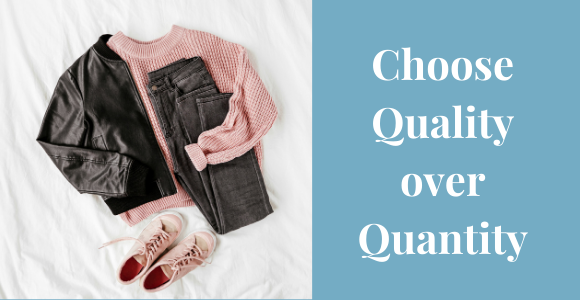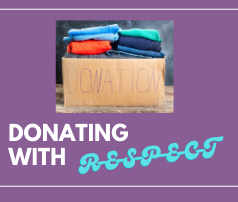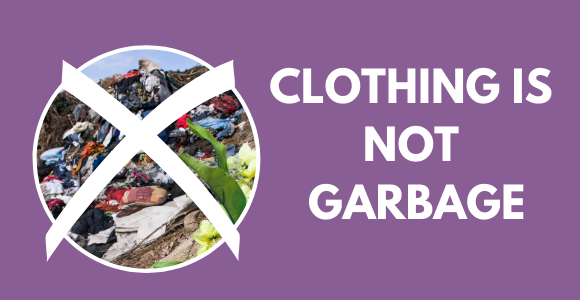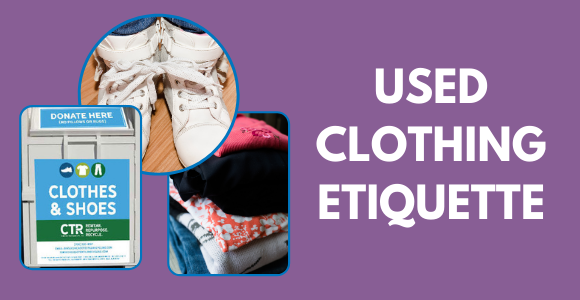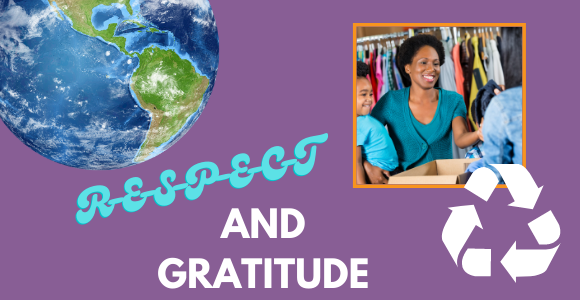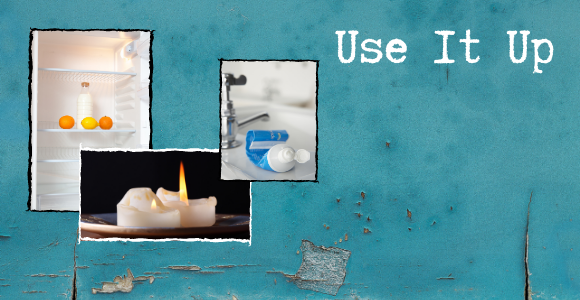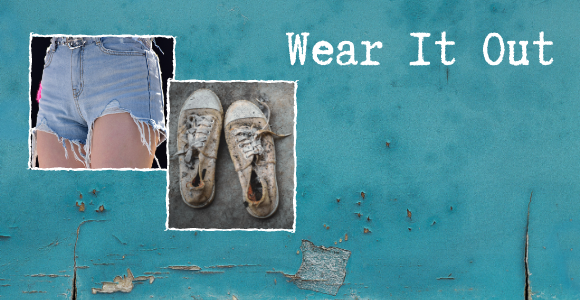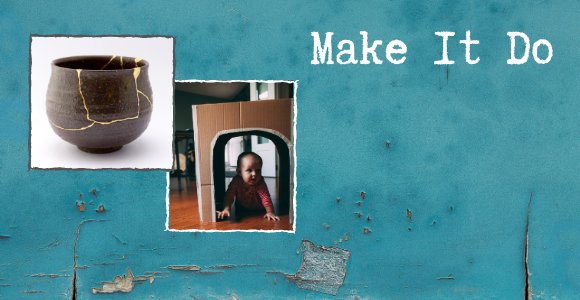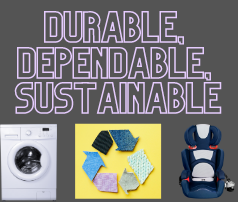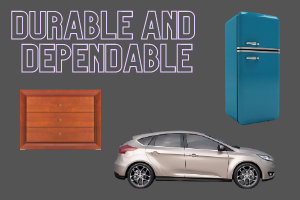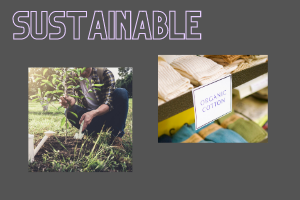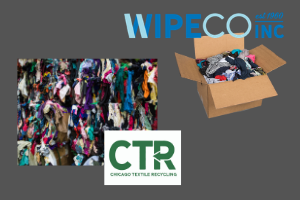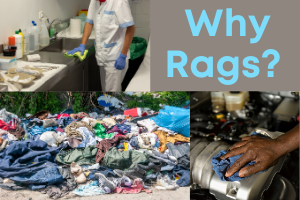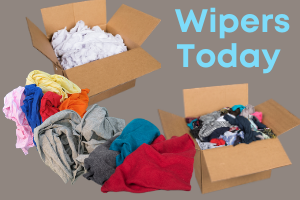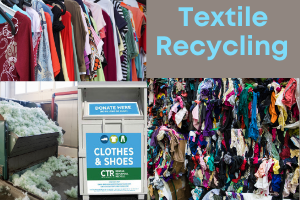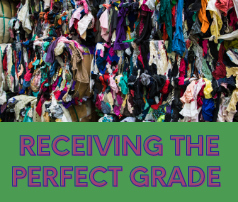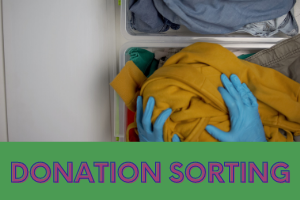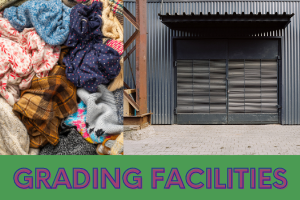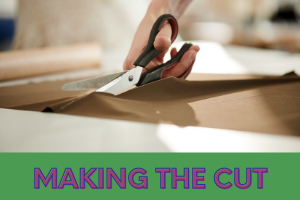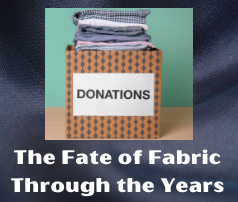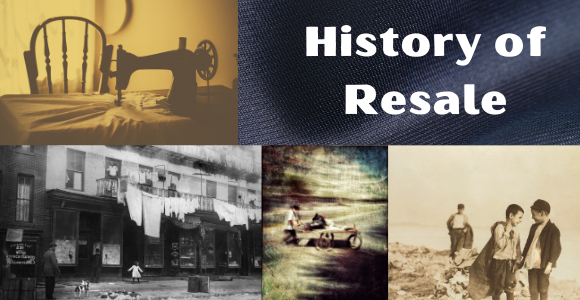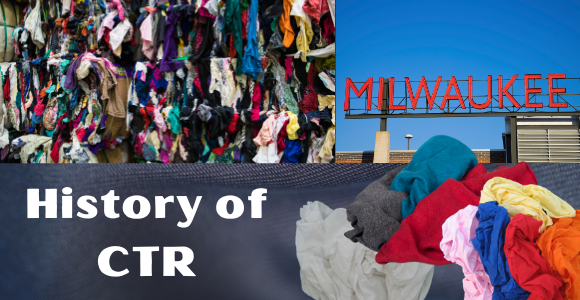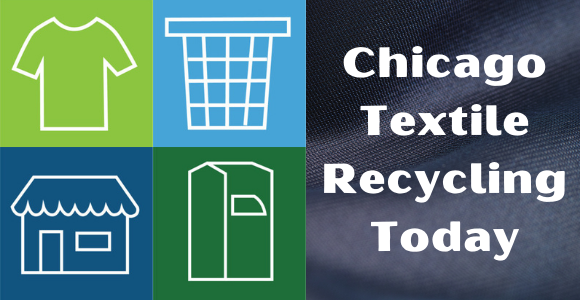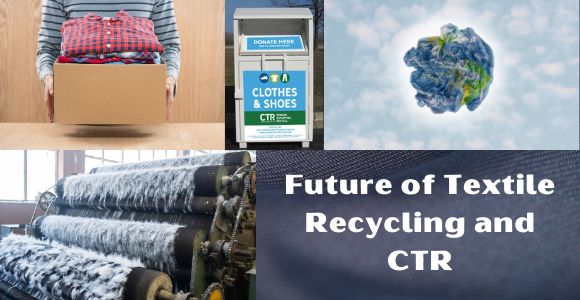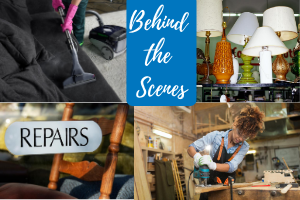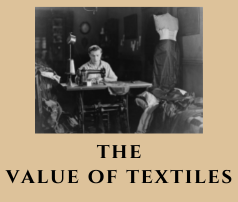 Green Benefits
Green Benefits
The Value of Textiles

Less than a century ago, clothing was a valued possession. Mostly made by hand, it was expensive and hard to come by. Very well-made pieces could be passed down. Much of it was tailored to fit the owner. The few pieces a person owned were well cared for, washed gently and quickly mended to last longer. This is seldom true today.
“We’ve adopted a disconnected, throwaway attitude that extends into the laundry room, and it has erased our knowledge of caring for our clothes. I see wearable clothes in trashcans on my block on a regular basis. While sorting clothes, I see pieces tossed out with stains and small rips that, with proper know-how, can be tackled in minutes.” (Cline, Conscious Closet, p 211-212)
Is this a problem of the durability of clothes or the attitude of consumers or simple lack of knowhow in clothing care? It seems a little bit of all three.
Durability of Clothing
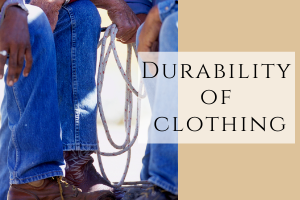
“How long should clothing last? We don’t often find out. Most everyday casual clothing like jeans, T-shirts, socks and basic knits can and should last at the bare minimum one hundred to three hundred wears, or three years of regular wear and washing.” (Wrap UK Guide cited in Conscious Closet)
However, many consumers never reach that mark.
“Let’s put that in perspective. We know from Chapter 16 that some consumers wear their clothes only three times, which amounts to 3 percent of a typical garment’s useful life.” (Telegraph article cited in Conscious Closet)
If clothing is made to last three years, what is the reason much of it is being worn only three times? Most likely it is the problem of overconsumption. If you have more clothes than you can possibly wear, much of it is not reaching its use potential. Articles of clothing are made to last several years, but amidst a closet of hundreds of items most likely won’t reach that potential.
“More durable items like suits, blazers, jackets, coats, and tailored dresses can last even longer, five years to a decade at least, if cared for properly. Whether you plan to wear, sell, or donate your clothes, we should each do our part to make all clothing last several years or 100 wears. Let’s get to it!” (p 212)
So what can we do to help our clothing reach its use potential? We can pare our closet down to items that we truly love and want to wear, and donate the rest. We can shop smart and only choose to buy pieces that fit us well, or that we love so much we would be willing to tailor and wear again and again.
Changing Our Mindset
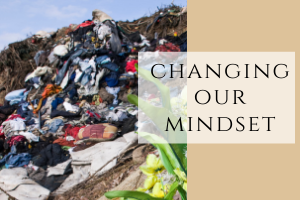
“Another study of UK consumers, found that a third of consumers toss out a garment if a stain doesn’t lift on the first try. A quarter admitted to not even bothering to lift a stain, if the item was cheap.” (Vanish Article on PRNewswire cited in Conscious Closet)
In her book Conscious Closet, Cline encourages her readers to change their mindset about inexpensive clothing. Even clothing that is inexpensive deserves to be treated well. We need to change our mindset about clothing in general in order to make a difference in the problems of overconsumption and overproduction. Clothing, as Cline shares, is such an intimate product we use and should be cared for accordingly.
When we change our mindset about the value of clothing, we choose to care for each item we own. We take care to mend small holes and rips. We ask for advice on lifting stains and wash multiple times with care if necessary. We donate items when they no longer fit our bodies or our style or in our closet.
Clothing Care Knowhow
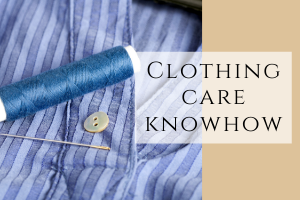
“A 2014 study found that the millennial generation, raised on fast fashion, lacks mastery of basic clothing repairs and laundry skills when compared to their parents and grandparents.” (HuffPost article cited in Conscious Closet)
In middle school, I took home economics. Though believed by many middle school kids to be a silly and unnecessary class, it was there that I learned basic sewing skills that remain quite useful as an adult. But how many kids take this class, and of those that do, how many choose the sewing center? Are parents teaching their children these basic skills or is this one more thing being lost amidst the age of technology? Fortunately with the ever expanding information found online, youtube and other video sites abound with how-tos for basic hand sewing and sewing machine knowhow. For those who didn’t learn from parents or school, a quick lesson is a click away.
In her book, Cline covers the differences in textiles and the minimal cleaning much of your clothing actually needs. We are raised to assume that all pieces of clothing need to immediately go to the wash after being worn once, but Cline shares that this is not the case.
“The fashion industry is peddling so-called easy-care clothes, while laundry detergent brands and appliance makers have automated the process of stain removal and cleaning, all with higher and higher environmental costs. We’re doing laundry around the clock, calling into question the idea that washing machines are saving us time. We can do so much better.” (Conscious Closet, p 211-212)
Reset and Change

Whether it is a quick lesson on stain removal, simple mending, clothing care or a complete change in our mindset, let’s work together to educate ourselves and each other around the value of textiles. May we choose sustainable and quality pieces, slowly building up a wardrobe that we love. May we take proper care of each item regardless of the price we paid for it. And may we always remember to donate our textiles.




